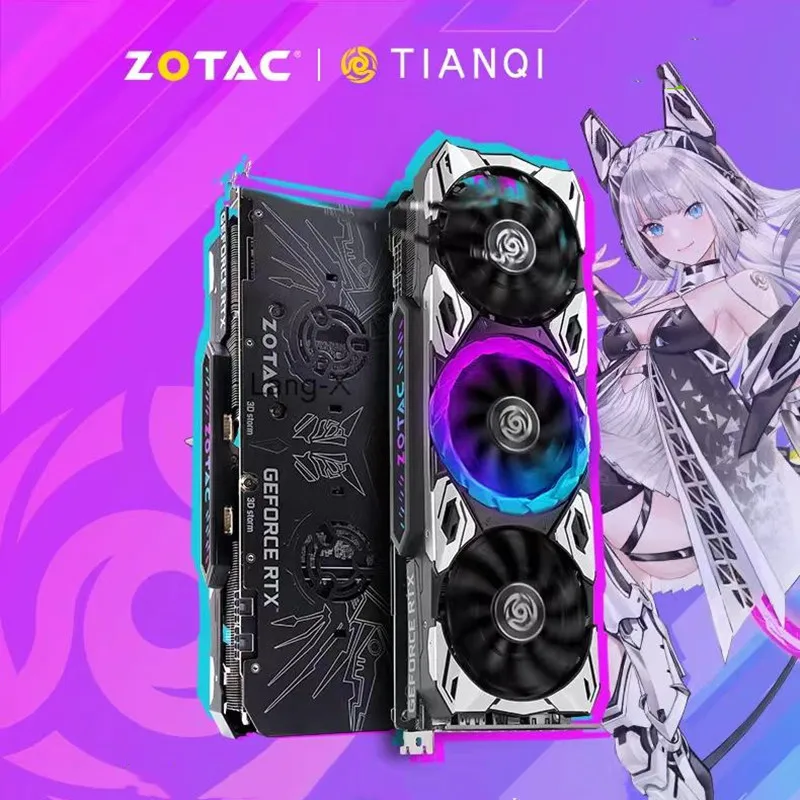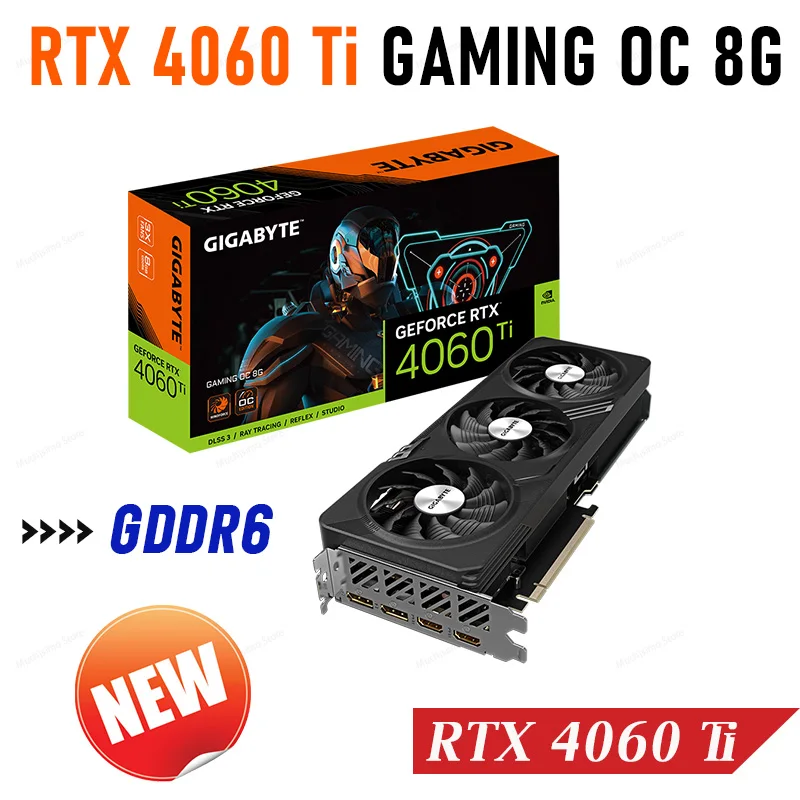Best Cost-Effective Graphics Card: Are You Making the Right Choice?
The best cost-effective graphics cards offer excellent performance for gamers on a budget. Key factors to consider when choosing one include usage, budget, compatibility, future-proofing, and reading reviews. Options like the GTX 1660 Super and RX 6500 XT deliver outstanding value and quality.
Best cost-effective graphics card options abound in today’s market, making it possible to enjoy high-quality gaming without breaking the bank. If you’re looking for a way to enhance your gaming experience while keeping your budget in check, this guide is for you. Let’s dive deep into the best choices available and understand how you can get the most value for your money!














What Makes a Graphics Card Cost-Effective?
Cost-effective graphics cards are essential for gamers and PC builders who want high performance without overspending. Several factors contribute to making a graphics card cost-effective.
Performance to Price Ratio
The first thing to consider is the performance to price ratio. This means how much performance you get for every dollar spent. A good cost-effective graphics card will provide excellent frame rates and resolution for the price. Look for models that exceed user expectations in games without being too expensive.
Durability and Longevity
Another key factor is durability. Cost-effective graphics cards should have a longer lifespan and stability in performance. Cards made with quality components may last longer and continue to perform well even as software demands increase.
Energy Efficiency
Energy efficiency is crucial. A graphics card that provides powerful performance while drawing less power saves money in the long run. Look for cards with lower wattage ratings that still deliver impressive graphics. This reduces electricity costs and lessens the heat produced, which can be beneficial for overall PC longevity.
Support for Future Technologies
Finally, consider how well the graphics card supports future technologies. A cost-effective choice should be able to handle next-gen gaming and graphical advancements. Support for features like ray tracing or VR readiness can ensure that your investment remains relevant for years.
Top 5 Best Cost-Effective Graphics Cards Reviewed
Here are the top 5 best cost-effective graphics cards that offer great performance without hurting your wallet. Each of these options has unique features that cater to different gaming needs.
1. NVIDIA GeForce GTX 1660 Super
The NVIDIA GeForce GTX 1660 Super is known for its fantastic performance at a budget-friendly price. It can handle most modern games at 1080p with high settings. With a strong performance-to-price ratio, it’s a favorite among gamers.
2. AMD Radeon RX 6500 XT
The AMD Radeon RX 6500 XT provides excellent value for its price. It is specifically designed for 1080p gaming and offers solid performance in the latest titles. Its energy efficiency helps to save on electricity costs while enjoying great graphics.
3. NVIDIA GeForce GTX 1650
The NVIDIA GeForce GTX 1650 is an entry-level card that is perfect for budget-conscious gamers. It’s easy to install and provides smooth gameplay for various games at lower settings. This card is a great starting point without a hefty investment.
4. AMD Radeon RX 580
The AMD Radeon RX 580 is an older model but still holds its ground as a cost-effective option. It’s capable of 1440p gaming and offers a great balance of performance and affordability, making it a reliable choice for many gamers.
5. Intel Arc A380
The Intel Arc A380 is a new addition to the market, providing gamers with great performance at a reasonable price. It features advanced technology that allows for smooth gaming experiences and efficient power usage, perfect for budget builds.
How to Choose the Right Graphics Card for Your Needs
Choosing the right graphics card involves understanding your specific needs and preferences. Here are some key factors to consider:
1. Determine Your Usage
First, think about how you will be using the graphics card. Are you gaming, doing graphic design, or editing videos? Different tasks require different types of performance.
2. Set a Budget
Establishing a clear budget is crucial. Graphics cards come in a range of prices, so knowing how much you can spend will help you narrow down your options.
3. Check Compatibility
Ensure that the graphics card you choose is compatible with your existing hardware. Check your motherboard, power supply, and case size to make sure everything fits and works together.
4. Consider Future-proofing
When selecting a graphics card, consider whether it will handle future gaming advancements. Investing in a card that supports newer technologies can save you from needing an upgrade soon.
5. Read Reviews and Benchmarks
Look for reviews and benchmarks of graphics cards that interest you. These resources provide valuable insights into performance and real-world experiences from other users.
6. Warranty and Support
Lastly, don’t overlook the importance of warranty and customer support. A good warranty can protect your investment, and responsive support can help if you encounter issues.
FAQ – Frequently Asked Questions about Cost-Effective Graphics Cards
What is a cost-effective graphics card?
A cost-effective graphics card offers great performance and features at an affordable price, making it ideal for budget-conscious gamers.
How do I know if a graphics card is compatible with my system?
Check your motherboard specifications, power supply wattage, and physical dimensions to ensure the graphics card will fit and function properly.
What should I consider when setting a budget for a graphics card?
Consider how much you can afford to spend, the performance you’re aiming for, and if you want to invest in future-proof technology.
Why is reading reviews important before buying a graphics card?
Reviews provide insights into real-world performance and user experiences, helping you make informed decisions based on others’ feedback.
How can I future-proof my graphics card choice?
Look for cards that support the latest gaming technologies, such as ray tracing and higher resolutions, to ensure longevity with future games.
What factors influence the performance to price ratio of a graphics card?
Key factors include the graphics card’s processing power, memory bandwidth, and how well it handles current games compared to its cost.